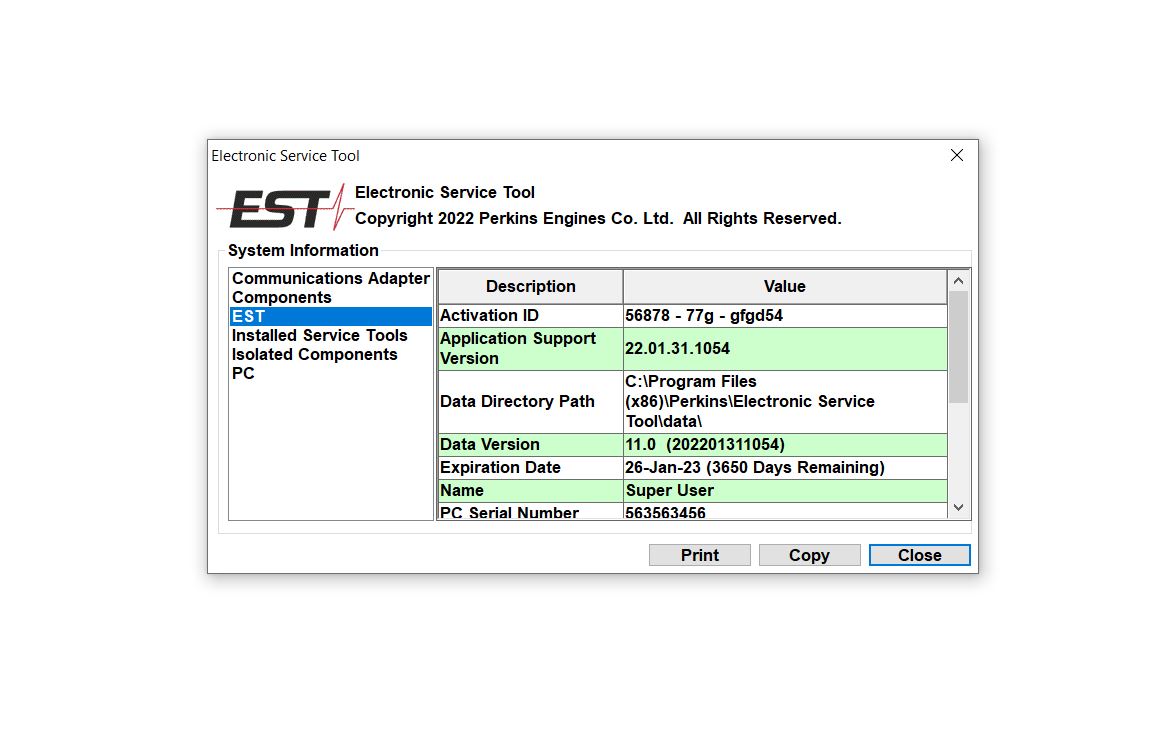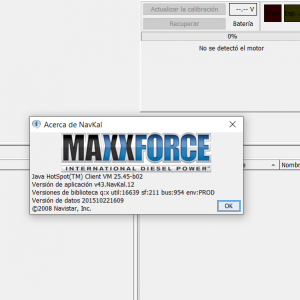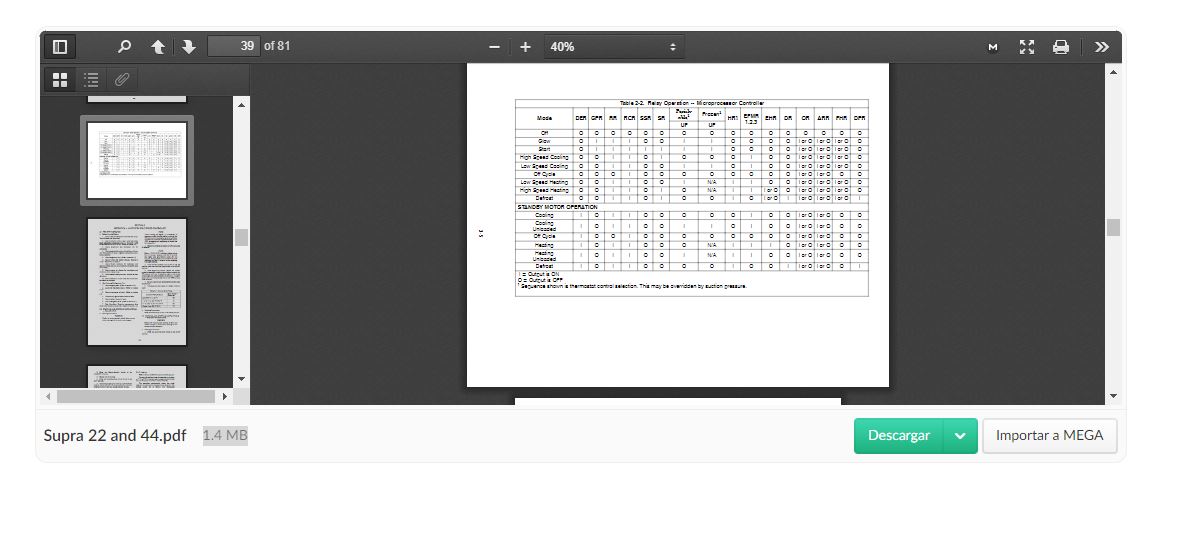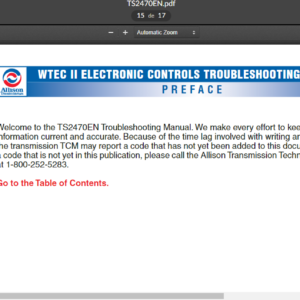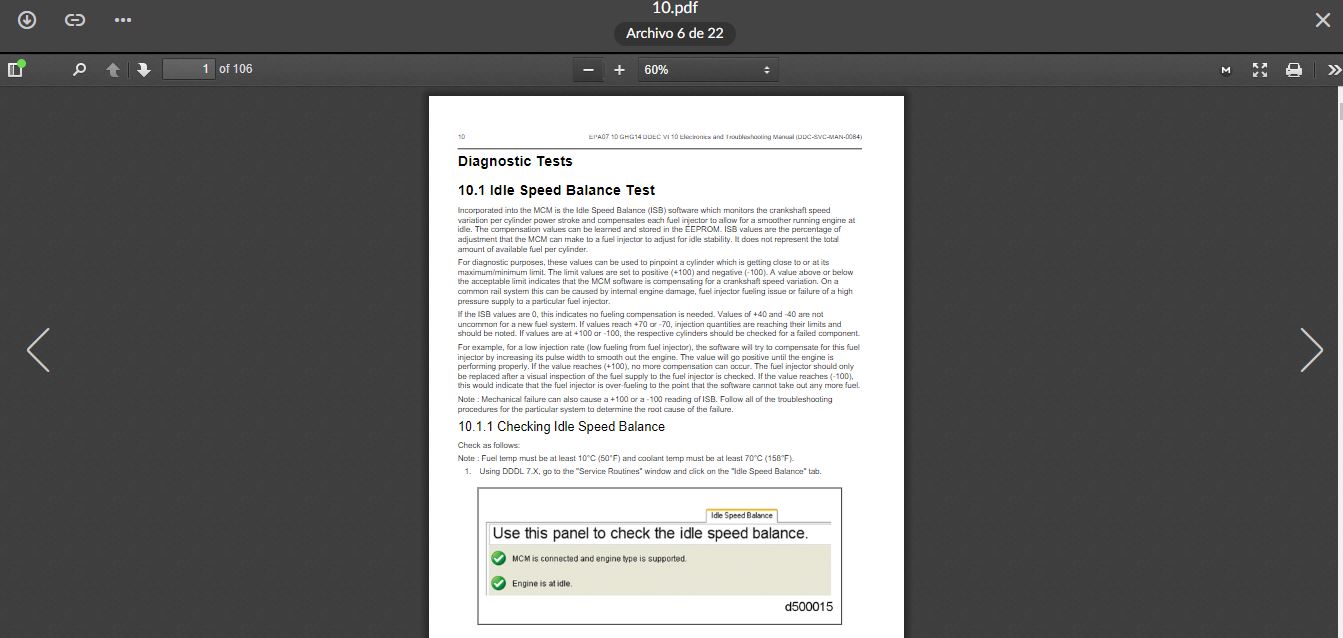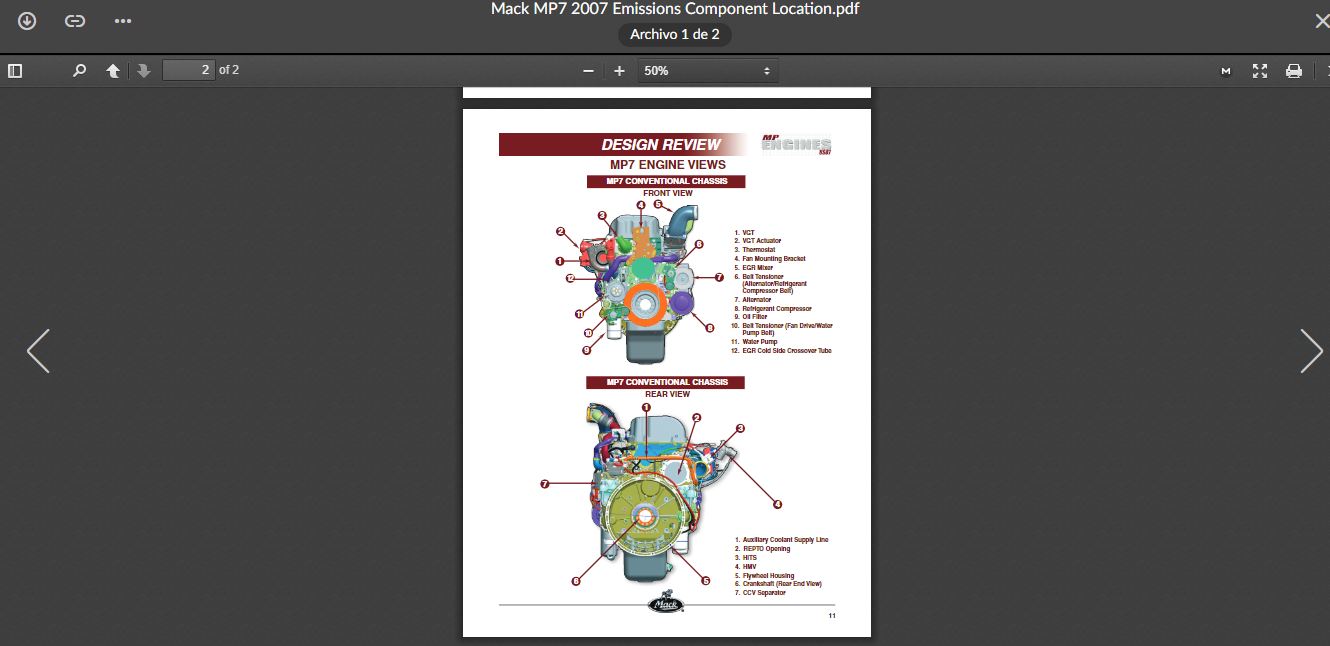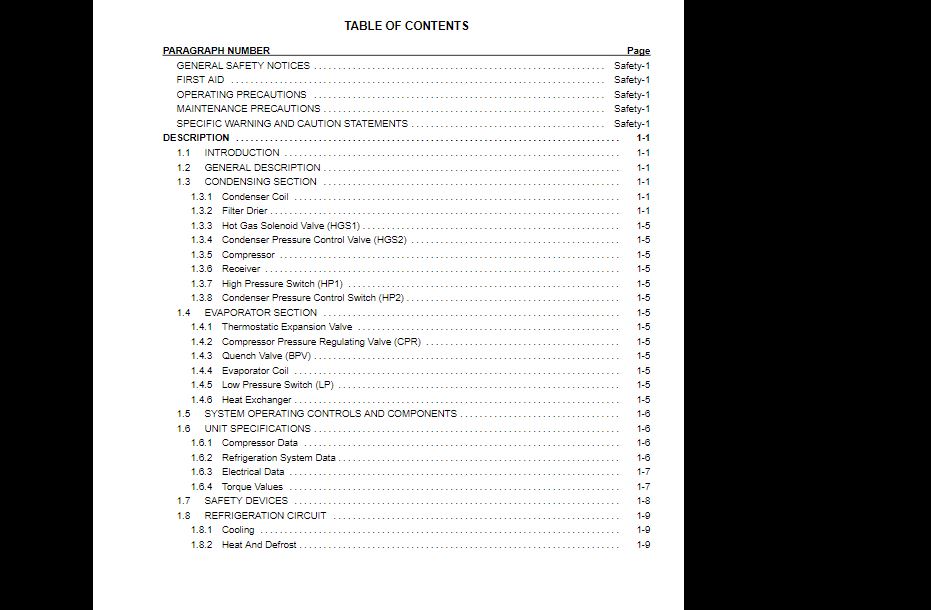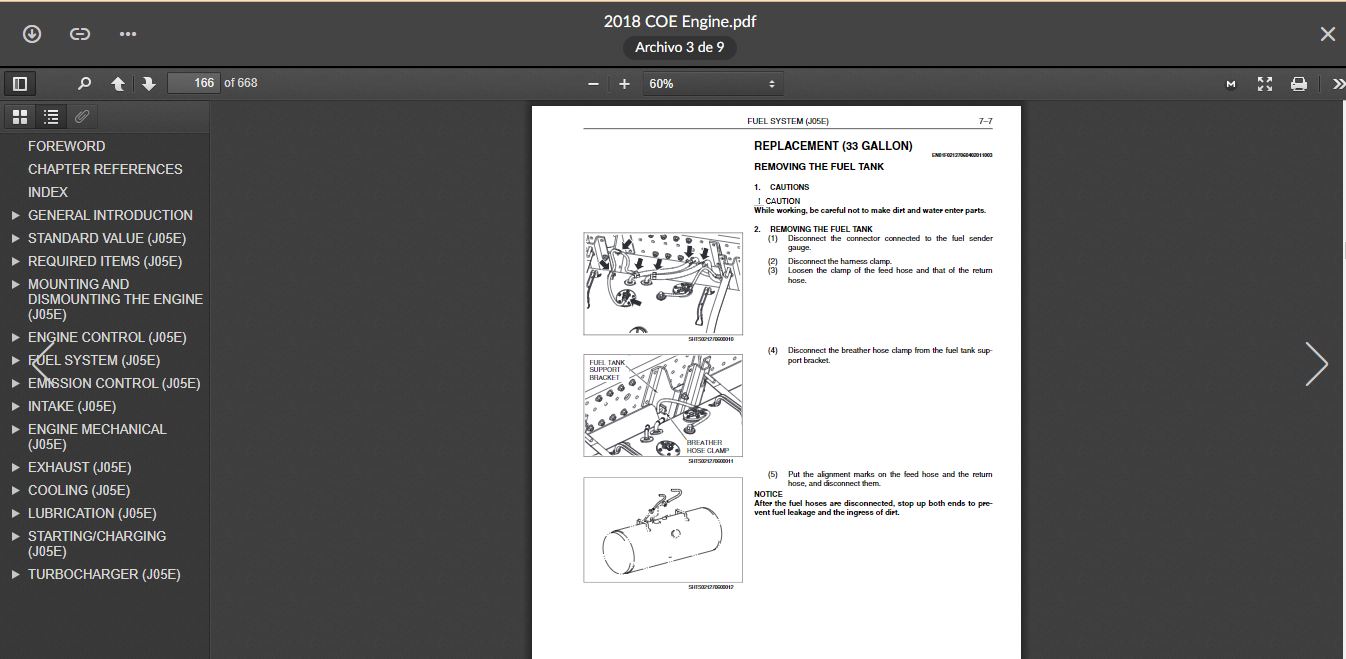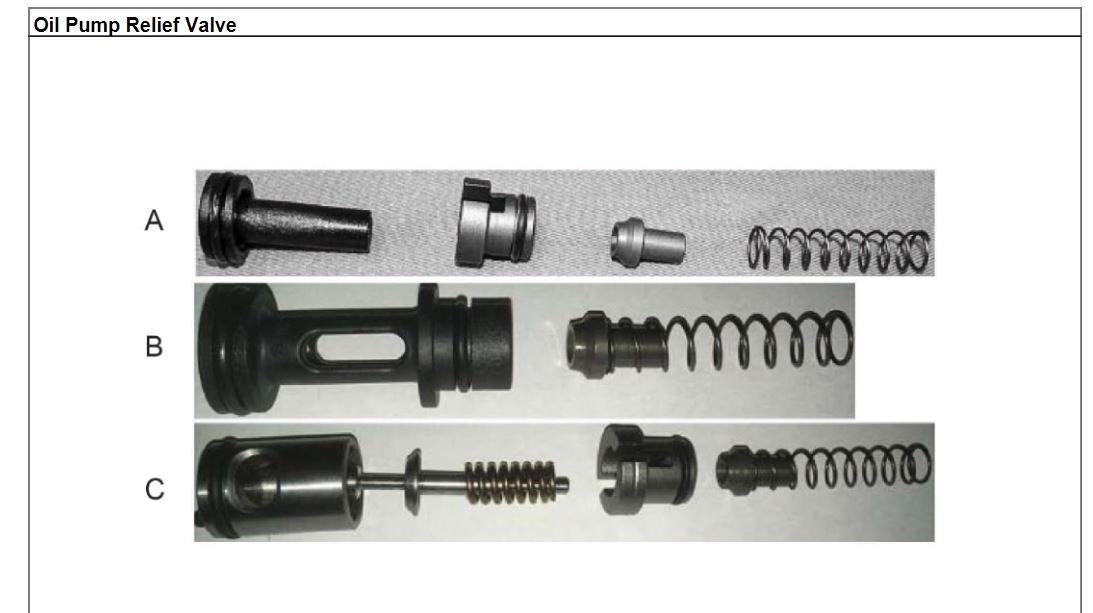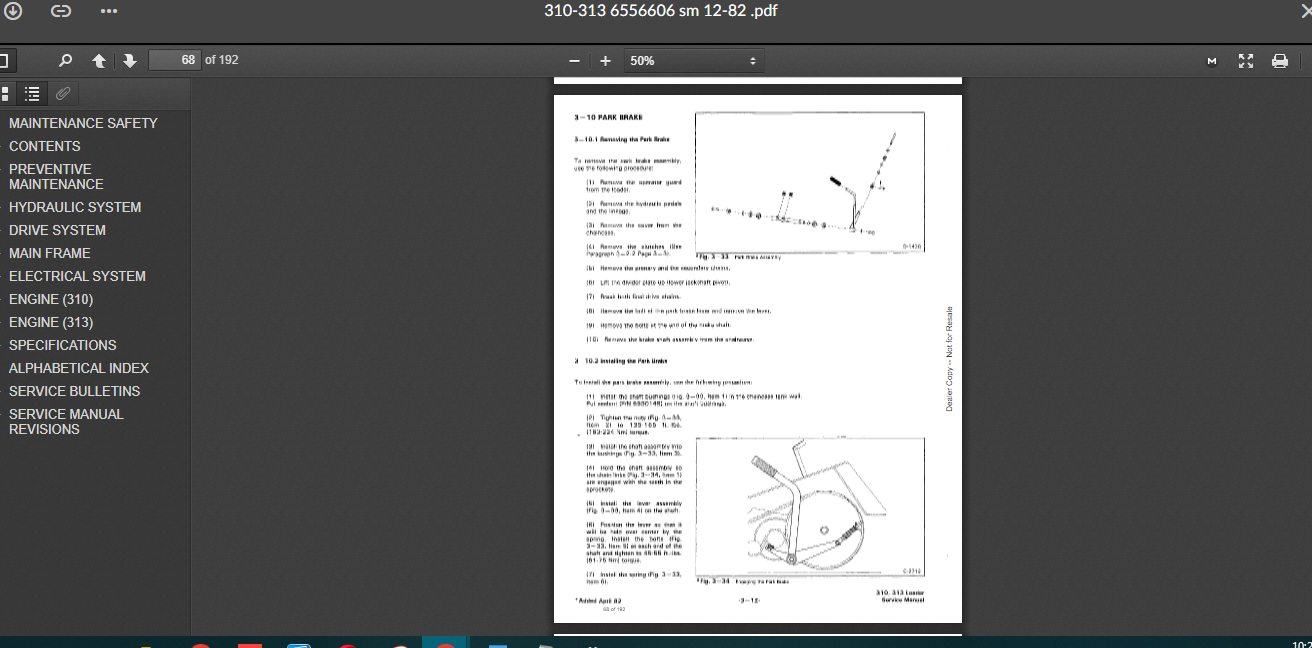Allison 1000 & 2000 Gen 4 Fault Codes: U2105 CAN Bus ECM Error
Allison 1000 & 2000 Gen 4 Fault Codes: U2105 CAN Bus ECM Error
CIRCUIT DESCRIPTION:
J1939 is the protocol currently used in medium duty applications to allow communication between an electronically-controlled engine and the OEM transmission. A signal is sent over a two-wire network harness that incorporates two 120 Ohm resistors in parallel. There are two versions of J1939 currently in use in the medium duty market. Version J1939-11, the most widely used, incorporates a third shield wire. There is also J1939-15, which uses a two-wire connection without shielding.
CONDITIONS FOR RUNNING THE DTC:
1. The components are powered and ignition voltage is greater than 9V and less than 18V (12V TCM) or greater than 18V and less than 32V (24V TCM).
2. Engine speed is greater than 200 rpm and less than 7500 rpm for 5 seconds.
CONDITIONS FOR SETTING THE DTC:
DTC U0100 is set when the TCM detects that no engine torque or throttle messages are being received on the Controller Area Network (CAN) backbone harness for 3 seconds or more.
ACTION TAKEN WHEN THE DTC SETS:
1. The CHECK TRANS light illuminates.
2. DTC U0100 is stored in the TCM history.
3. The TCM defaults to last-used adaptive shift values and engine throttle percentage is calculated from torque converter slip speed.
4. The TCM freezes shift adapts (DNA).
CONDITIONS FOR CLEARING THE DTC/CHECK TRANS LIGHT:
A Scan Tool may be used to clear the code from the TCM history. The TCM automatically clears the DTC from the TCM history if the vehicle completes 40 warm-up cycles without the DTC recurring.
DIAGNOSTIC AIDS:
1. Often an active U0100 will prevent Scan Tool communication with the TCM. Install J1939 T-adapter harness J 43890 to confirm that the TCM is operational. This harness is only useful to confirm that the TCM is able to communicate with the Scan Tool. An active U0100 will be set whenever J 43890 is used.
2. When Scan Tool communication with the TCM can be established at the nine-pin vehicle connector and the U0100 is active, generally it points to an open connection at wires 129 or 132 at the ECM or a terminal in the wrong location at the engine ECM connector.
3. Engine ECM parameters improperly set can cause this DTC to set.
4. A missing terminating resistor can cause this DTC to set. This will prevent Scan Tool communication with the TCM or produce very erratic communication.
5. If DTC U0100 becomes active shortly AFTER an engine update and the troubleshooting procedure for U0100 has been performed.
Inspect the wiring for poor electrical connections at the TCM. Look for the following conditions:
1. A bent terminal.
2. A backed-out terminal.
3. A damaged terminal.
4. Poor terminal tension.
5. A chafed wire.
6. A broken wire inside the insulation.
When diagnosing for an intermittent open, massage the wiring harness while watching the test equipment for a change. It may be necessary to check for opens at individual wires within a harness to isolate an intermittent condition. Refer to Wire Check information.
You may have to drive the vehicle in order to experience a fault. Use the data obtained from failure records to determine transmission range and/or certain vehicle operating variables such as temperature, run time, etc. This data can be useful in reproducing the failure mode where the DTC was set.
Intermittent cycling of the TCC could indicate a J1939 wiring problem exists. It is possible to have an open condition at the CAN backbone harness allowing TCC to cycle without a U0100 setting. For a U0100 to set, an open condition needs to be present for 3 seconds.
For proper data communications, it is necessary to have two 120 Ohm resistors installed in parallel at the J 1939 CAN backbone harness.
If this DTC is present in new vehicle, harsh shifting may occur due to adaptive function inhibit (DNA).
Related
$50.00
-
Scania SDP3 2.48.6 Diagnosis & Programming for VCI 3 VCI3 without Dongle
Scania $30.00Rated 0 out of 5 -
CAT Engine Reprogramming Tool for flash programming C1.8, C2.4, C3.8 & C3.3B + Guide
CAT $50.00Rated 0 out of 5 -
PACCAR Electronic Service Analyst 5.4.3.0 SW files 27.03.2021 software trucks
PACCAR $60.00Rated 0 out of 5
-
DOWNLOAD NISSAN UD DIESEL PC-CONSULT DIAGNOSTIC 1.1.13 & PC-REPROMASTER 1.2.0
NISSAN UD $100.00Rated 0 out of 5 -
John Deere & Hitachi Parts ADVISOR 2020 [08.2020] Offline DVD Spare Parts Catalog
John Deere $120.00Rated 0 out of 5 -
Wabco ToolBox plus 13.7.0.1 + ECAS CAN2 v3.00 Diagnostics Software
Trucks software $84.00Rated 0 out of 5 -
CLAAS WebTIC Offline [11.2021] Service Information – ENGLISH Language
CLAAS $100.00Rated 0 out of 5 -
CAT CDVR PC Software – Caterpillar Digital Voltage Regulator (CDVR) WINDOWS 10
CAT $45.00Rated 0 out of 5
Related products
-
Allison 1000 & 2000 Gen 4 Fault Codes: P0846 Transmission Pressure Switch Solenoid D Circuit Stuck Open
1000 & 2000 Gen 4 $50.00Rated 0 out of 5 -
Allison 1000 & 2000 Gen 4 Fault Codes: U1301 J1850 (Class 2) Serial Data Communication Link Low
1000 & 2000 Gen 4 $50.00Rated 0 out of 5 -
Allison 1000 & 2000 Gen 4 Fault Codes: P0870 Transmission Pressure Switch Solenoid E Circuit
1000 & 2000 Gen 4 $50.00Rated 0 out of 5 -
Allison 1000 & 2000 Gen 4 Fault Codes: P0871 Transmission Pressure Switch Solenoid E Circuit Stuck Open
1000 & 2000 Gen 4 $50.00Rated 0 out of 5 -
Allison 1000 & 2000 Gen 4 Fault Codes: U1000 Class 2 Loss of Serial Data Communication
1000 & 2000 Gen 4 $50.00Rated 0 out of 5 -
Allison 1000 & 2000 Gen 4 Fault Codes: P0847 Transmission Pressure Switch Solenoid D Circuit Stuck Closed
1000 & 2000 Gen 4 $50.00Rated 0 out of 5 -
Allison 1000 & 2000 Gen 4 Fault Codes: P0876 Transmission Reverse Pressure Switch Circuit Stuck Open
1000 & 2000 Gen 4 $50.00Rated 0 out of 5 -
Allison 1000 & 2000 Gen 4 Fault Codes: P1688 Unmanaged Engine Torque Delivered To TCM Signal
1000 & 2000 Gen 4 $50.00Rated 0 out of 5 -
Allison 1000 & 2000 Gen 4 Fault Codes: P1892 Throttle Position Sensor Pulse Width Modulation (PWM) Signal High Input
1000 & 2000 Gen 4 $50.00Rated 0 out of 5 -
Allison 1000 & 2000 Gen 4 Fault Codes: P0875 Transmission Reverse Pressure Switch Circuit Malfunction
1000 & 2000 Gen 4 $50.00Rated 0 out of 5 -
Allison 1000 & 2000 Gen 4 Fault Codes: U2104 CAN Bus Reset Counter Overrun
1000 & 2000 Gen 4 $50.00Rated 0 out of 5 -
Allison 1000 & 2000 Gen 4 Fault Codes: P0880 TCM Supply Voltage
1000 & 2000 Gen 4 $50.00Rated 0 out of 5 -
Allison 1000 & 2000 Gen 4 Fault Codes: P1891 Engine Throttle Position Sensor Pulse Width Modulation (PWM) Signal Low Input
1000 & 2000 Gen 4 $50.00Rated 0 out of 5 -
Allison 1000 & 2000 Gen 4 Fault Codes: U0032 J1850 (Class 2) Serial Data Communication Link High
1000 & 2000 Gen 4 $50.00Rated 0 out of 5
-
SERVICE MANUAL Carrie Supra 422, 522,622, 722, 822,922, 644,744,844, 944 & Supra Multi-Temp
CARRIE $20.00Rated 0 out of 5 -
Allison Transmission – WTEC 2 MD/HD/B SERIES TRANSMISSIONS
Allison$20.00Original price was: $20.00.$16.00Current price is: $16.00.Rated 0 out of 5 -
SERVICE MANUAL DETROIT DIESEL EPA 07, EPA 10, GHG 14 TROUBLESHOOTING
DETROIT $38.00Rated 0 out of 5







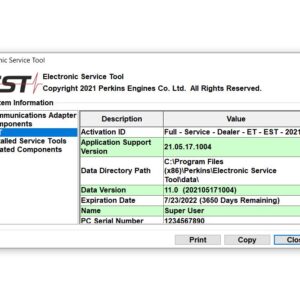

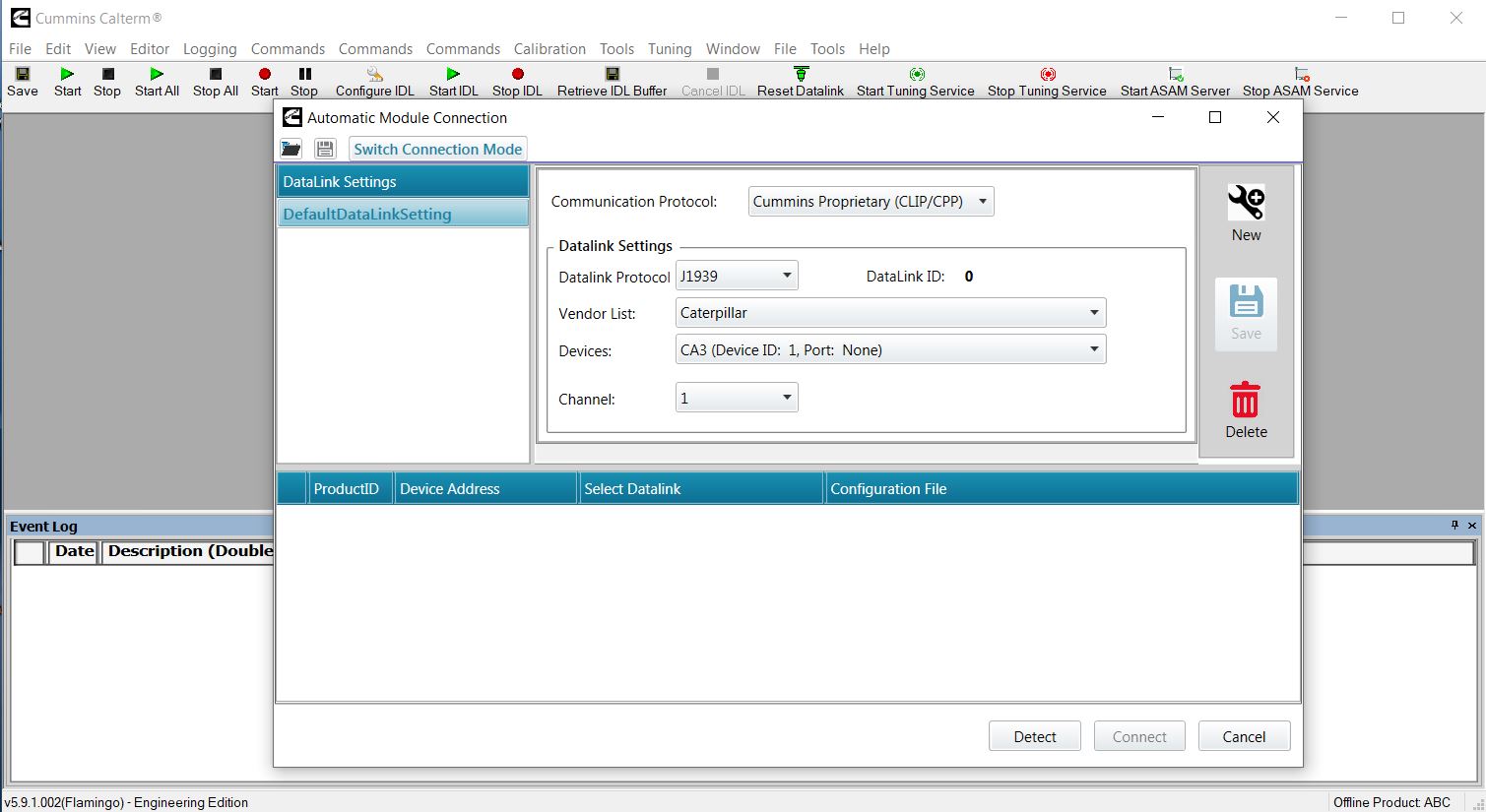

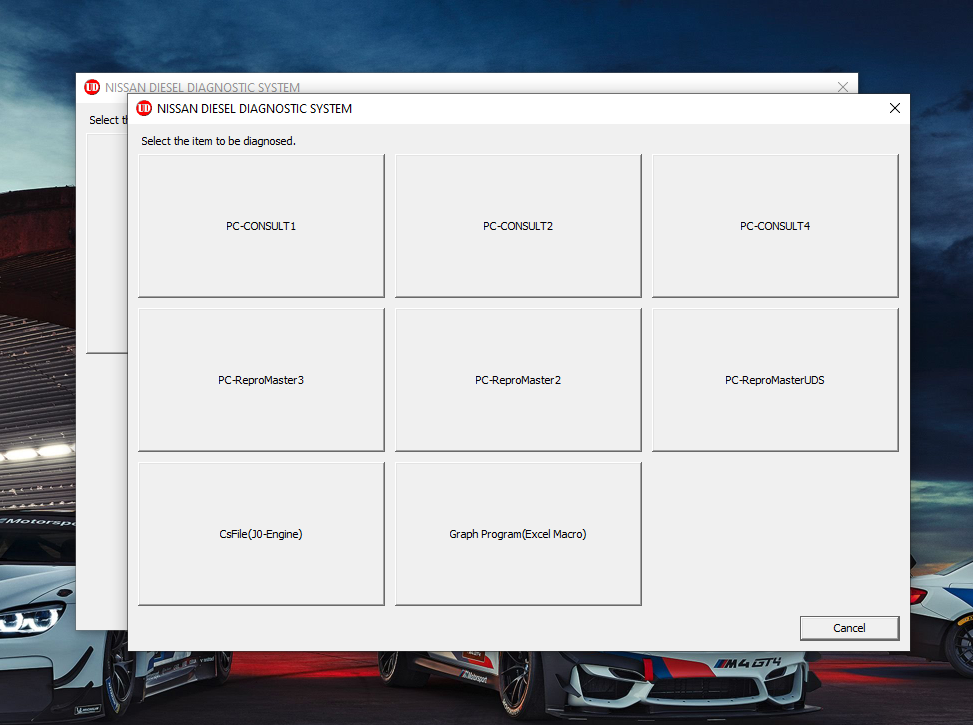

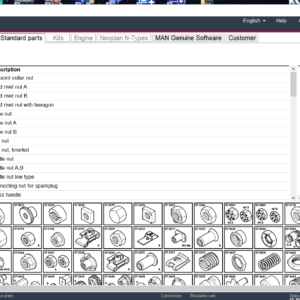

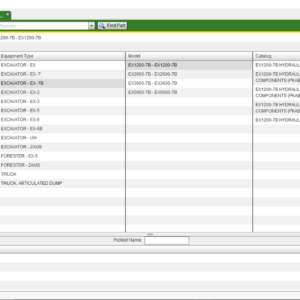

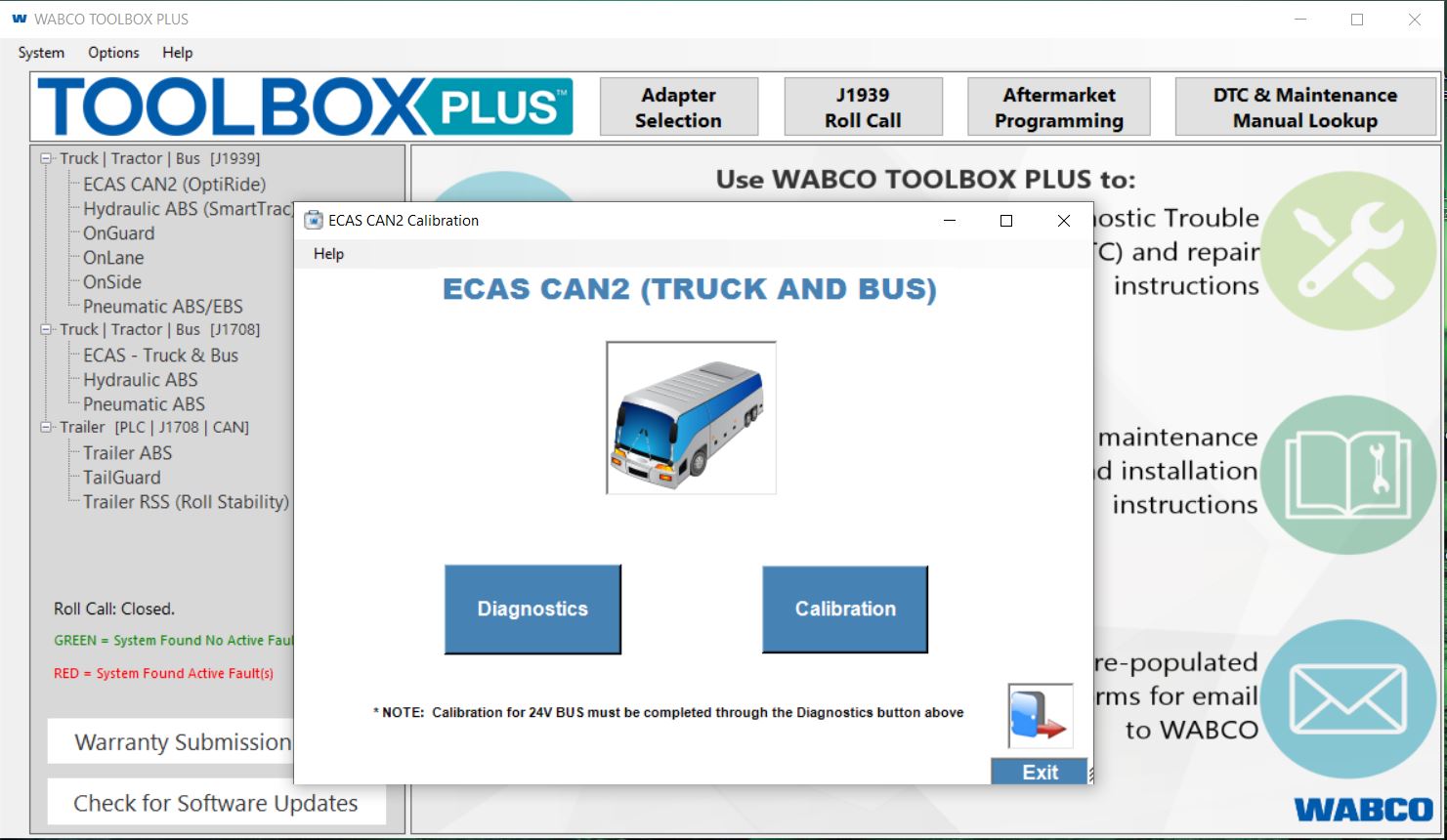




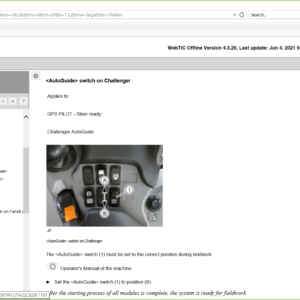


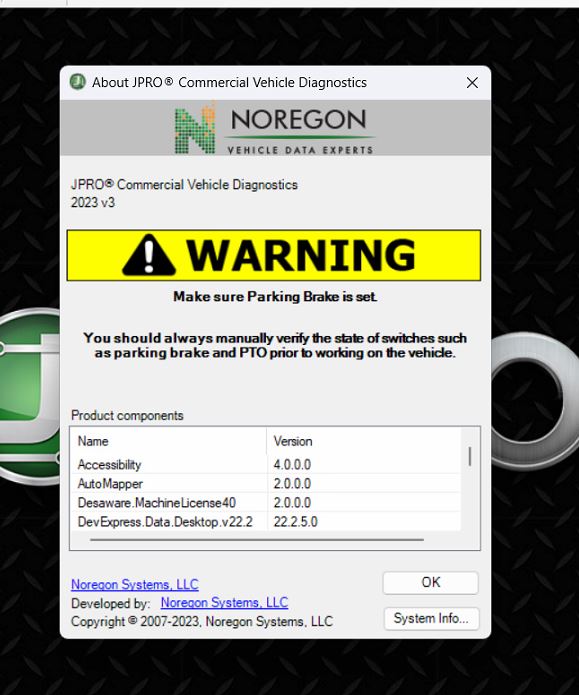

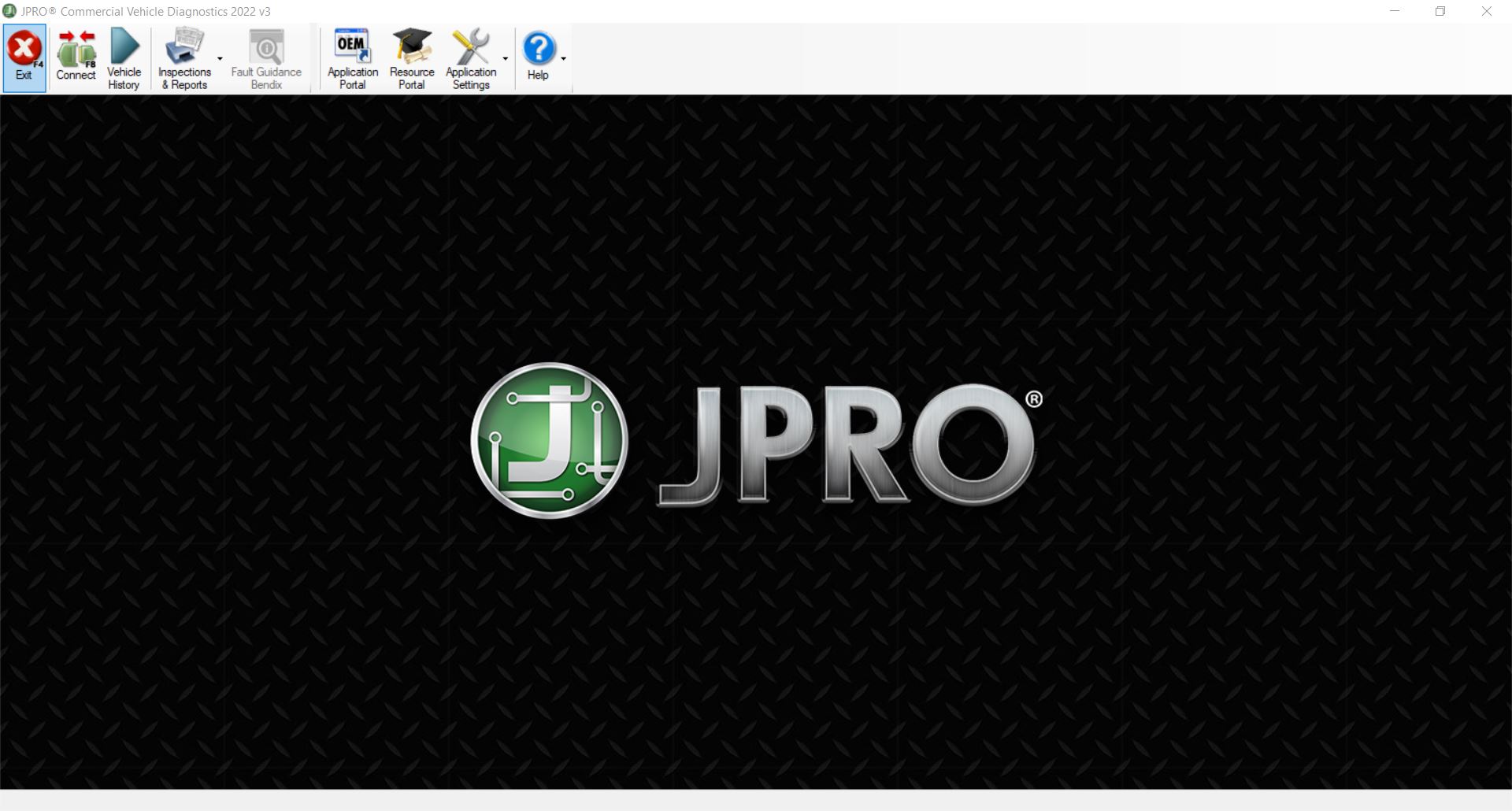
![DOOSAN DMS-5 3.1.3 [2023.11] diagnostic software](https://i0.wp.com/www.ecuforcetruck.com/wp-content/uploads/2023/11/1.png?resize=300%2C300&ssl=1)
![DOOSAN DMS-5 3.1.3 [2023.11] diagnostic software](https://www.ecuforcetruck.com/wp-content/uploads/2023/11/Captura-1.png)




